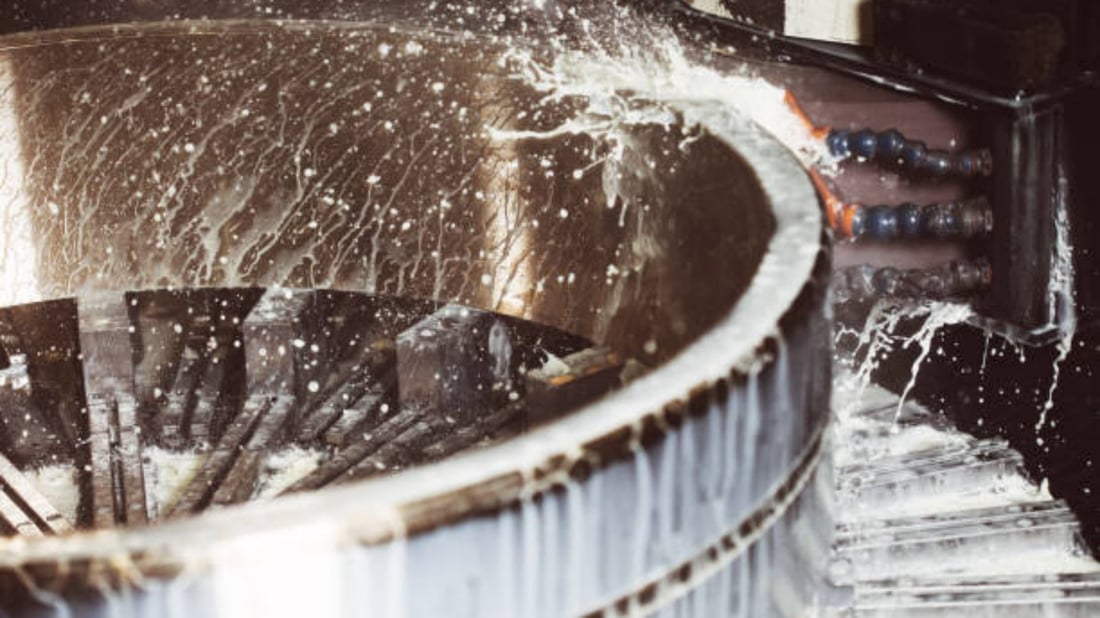Introduction:
Roll forming machines are essential equipment in various industries for shaping metal sheets into desired profiles. To ensure optimal performance and longevity, regular cleaning and maintenance are crucial. In this step-by-step guide, we will walk you through the process of cleaning your roll forming machines, highlighting key areas and best practices.
I. Preparing for Cleaning:
Before starting the cleaning process, it's important to take certain precautions and gather the necessary tools. This section will outline the steps to prepare for cleaning your roll forming machines.
1. Gathering Tools and Supplies:
To clean your roll forming machines effectively, you will need the following tools and supplies:
- Safety goggles and gloves
- Cleaning brushes (soft and medium bristle)
- Compressed air canister or air compressor
- Cleaning solution (non-abrasive and suitable for metal surfaces)
- Lint-free cloths
- Lubricating oil
- Vacuum cleaner
2. Ensuring Safety:
Prioritize safety by wearing the appropriate protective gear, such as safety goggles and gloves. Additionally, ensure that the machine is turned off and unplugged to avoid any accidents during the cleaning process.
II. Cleaning the Exterior:
The exterior of the roll forming machine is often exposed to dust, dirt, and debris. Regular cleaning of the exterior helps maintain its appearance and prevents the accumulation of contaminants. Follow these steps to clean the exterior of your machine:
1. Dust Removal:
Using a soft bristle brush or a lint-free cloth, gently remove loose dust and debris from the machine's exterior surfaces. Pay close attention to hard-to-reach areas and joints.
2. Cleaning Solution Application:
Dampen a lint-free cloth with the appropriate cleaning solution and wipe down the entire exterior surface of the machine. Ensure that the cleaning solution is non-abrasive and suitable for metal surfaces.
3. Drying:
After wiping down the machine, use a dry lint-free cloth to remove any remaining moisture. This step helps prevent the formation of rust or corrosion.
III. Cleaning the Interior:
The interior components of roll forming machines are prone to the accumulation of dirt, grease, and metal shavings. Regular cleaning of the interior ensures smooth operation and minimizes the risk of malfunctions. Here's how you can clean the interior of your machine:
1. Removing Loose Debris:
Start by using a vacuum cleaner with a brush attachment to remove loose debris and metal shavings from the interior components. Pay attention to areas around the rollers, gears, and other moving parts.
2. Cleaning Solution Application:
Spray a non-abrasive cleaning solution onto a soft bristle brush and gently scrub the interior surfaces, focusing on areas with visible dirt or grease buildup. Be cautious not to apply excessive force that could damage delicate components.
3. Compressed Air for Detailed Cleaning:
Utilize a compressed air canister or air compressor to blow out any remaining dust or debris from hard-to-reach areas. This step ensures a thorough cleaning of the machine's interior.
IV. Lubrication:
Proper lubrication is essential for the smooth functioning and longevity of roll forming machines. After cleaning the machine, it's crucial to lubricate the necessary components. Follow these steps for effective lubrication:
1. Identifying Lubrication Points:
Refer to the machine's user manual to identify the specific points that require lubrication. Common areas include the rollers, gears, bearings, and other moving parts.
2. Applying Lubricating Oil:
Using a suitable lubricating oil, apply a small amount to each identified lubrication point. Be cautious not to over-lubricate, as excess oil can attract dirt and cause buildup.
3. Wiping Off Excess Oil:
After applying the lubricating oil, use a clean lint-free cloth to wipe off any excess oil. This step ensures that the machine is adequately lubricated without leaving a sticky residue.
Conclusion:
Regular cleaning and maintenance of roll forming machines are vital for their optimal performance and longevity. By following this step-by-step guide, you can effectively clean both the exterior and interior of your machine, as well as ensure proper lubrication. Remember to prioritize safety, use the appropriate tools and cleaning solutions, and refer to the machine's user manual for specific instructions.

